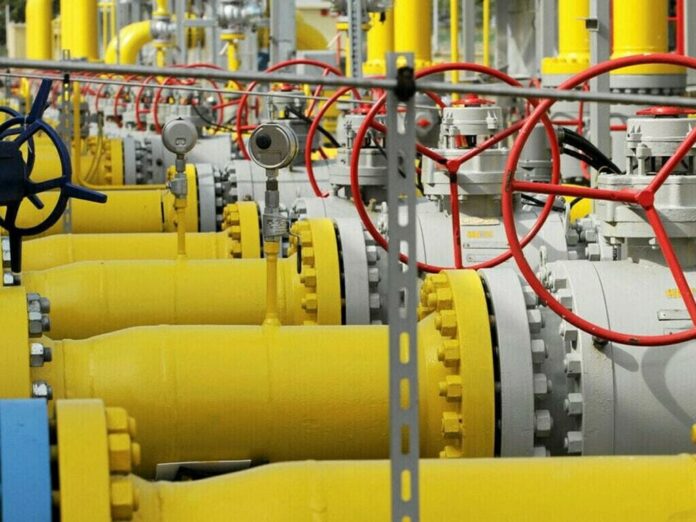The Special Investment Facilitation Council (SIFC) has been urged to reassess its policy of shifting industrial captive power plants (CPPs) to the national grid, as gas companies warn of losing long-term clients to private competitors. The issue has intensified following recent increases in gas tariffs and supply restrictions under an International Monetary Fund (IMF)-backed policy.
Pakistan LNG Limited (PLL) has proposed importing liquefied natural gas (LNG) to meet the demand of CPPs if state-run gas suppliers, Sui Northern Gas Pipelines Limited (SNGPL) and Sui Southern Gas Company Limited (SSGCL), fail to supply them. However, SNGPL has protested against the proposal, arguing that it would lead to further market imbalances and undermine the objective of IMF-mandated reforms.
The gas price hike, raising CPP tariffs from Rs3,000 to Rs3,500 per million British thermal units (mmBtu), along with an additional 5% levy, is intended to align industrial electricity generation costs with the national grid.
Meanwhile, the Power Division has instructed power distribution companies to sign agreements ensuring uninterrupted service to industries transitioning away from gas-based power generation.
As part of its IMF commitments, the government had pledged to disconnect gas supply to CPPs by January 2025, but technical constraints have delayed implementation. To address this, authorities have instead opted to increase gas tariffs to discourage reliance on captive generation.
In a written statement, SNGPL insisted that any transition policy must apply uniformly across the public and private sectors. It pointed out that allowing private players to sell cheaper indigenous gas in LNG-designated areas like Punjab has already distorted the market, benefiting third-party shippers at the expense of gas utilities.
SNGPL warned that the shift away from CPPs could severely impact its financial stability and that of Pakistan State Oil (PSO), potentially leading to a broader economic crisis. It reported that many industrial units are opting for third-party gas suppliers rather than switching to the national grid, undermining the intended effect of IMF-backed reforms.
According to SNGPL, existing third-party suppliers, such as UGDC, are already providing gas to CPPs, including major industrial consumers like Tariq Glass, Ittehad Chemicals, Azgard-9, and Din Industries. This shift has resulted in reduced sales for SNGPL, affecting its revenue stream.
The company also raised concerns over surplus LNG volumes, with SSGCL expecting an additional 40 million cubic feet per day (mmcfd) of LNG in surplus, adding to an overall excess of 350 mmcfd due to reduced CPP and power sector consumption. With K-Electric’s LNG demand set to decline by 2026, SNGPL estimates that up to 240 surplus cargoes could accumulate over existing contracts, pushing over 30% of LNG supply into excess.
SNGPL warned that excess LNG could not be easily diverted to domestic consumers and that continued oversupply might force costly take-or-pay penalties or unsold cargoes at a financial loss. The company called for a review of third-party gas sales in LNG-designated areas and recommended that all indigenous gas be allocated to public utilities to maintain affordability for consumers.
Additionally, SNGPL demanded a uniform gas pricing policy for public and private sector suppliers, similar to the oil market, where PSO competes with private oil firms under a standardized pricing structure.




